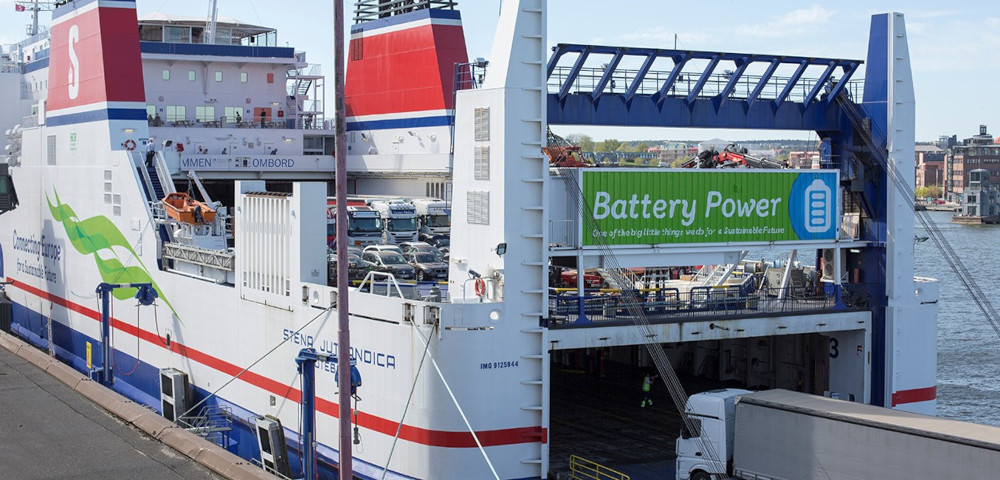Sea Li-ion project sets out aims for electrifying ports

(Courtesy of BatteryLoop)
While many shipowners are considering battery power for propulsion, what is holding them back is the availability of shore-side power, the slow speed of charging and the capacity for it. The Sea Li-ion project has therefore been set up to address the knowledge gaps in battery use for ship propulsion.
The EU-funded project has now finished, and its findings were announced on November 16.
A key point from this is that power levels need to be reduced and energy use must be equalised. An energy storage system (ESS) reduces the power charge while stabilising the grid.
The project’s participants fulfilled four activities in the project – creating the design of an ESS for use in ports, evaluating the recycling potential of lithium-ion batteries, assessing the impact on the grid of the ESS on electricity grid systems, and making the business case for an ESS in ports.
The business case for electric ferries and an ESS in ports was conducted at the port Gothenburg. The results showed that, for now, there is sufficient power, but placing an ESS in the port creates opportunities to free up power for other things.
As the ESS would be used for only a few hours a day for charging a ferry, it could be used to support the grid or other services. To charge one ferry, 5% of Gothenburg’s total electricity power consumption is used. In other ports, an ESS could be necessary to enable charging of electric ferries.
The participants in the project were Stena Rederi, Port of Kiel, DNV, Port of Gothenburg, Stena Recycling and BatteryLoop.
ONLINE PARTNERS






















